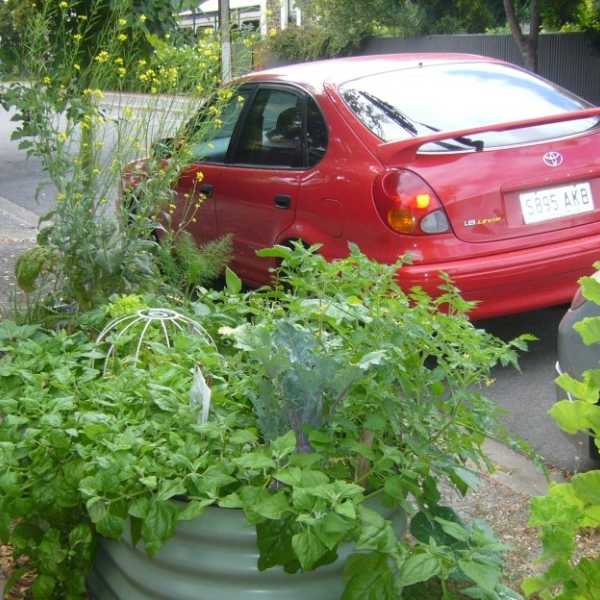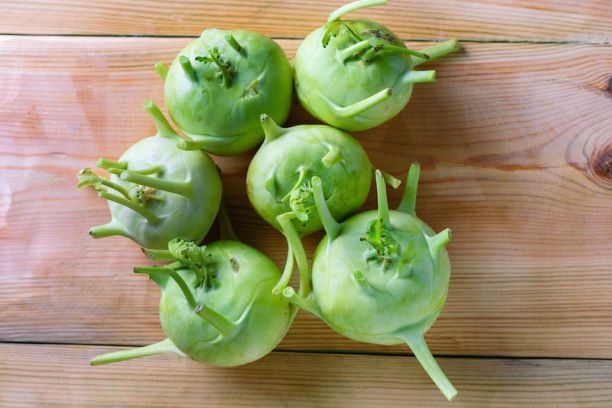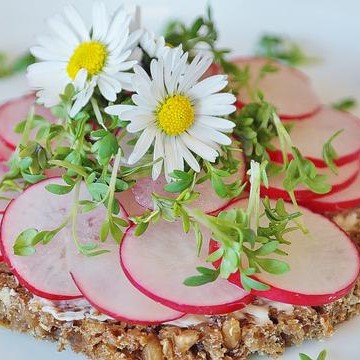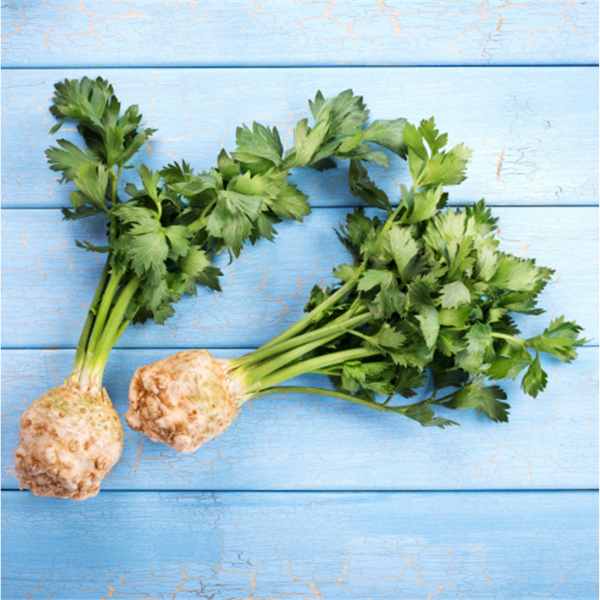Time to Pea
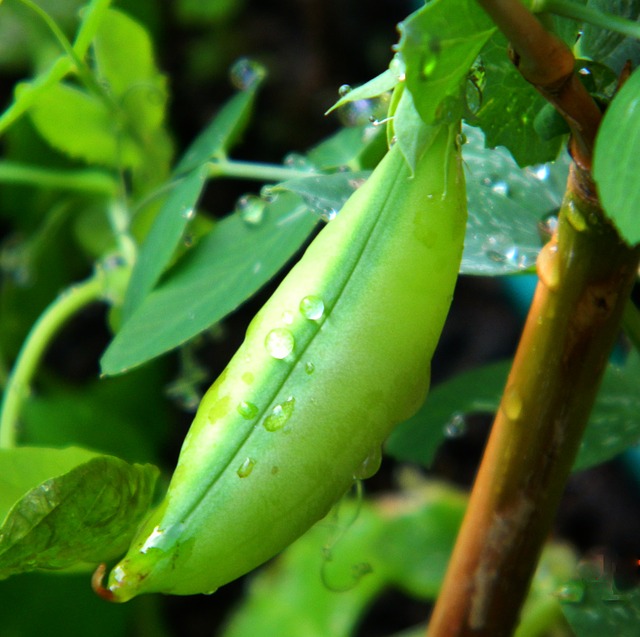
Peas are such a rewarding vegetable to grow. They are one of the earliest crops to mature and can be used in all kinds of dishes. In fact, you can eat them right off the vine as a snack in the garden. And since they are legumes, they are as good for the soil as they are for people.
Peas are easy enough to grow. The most difficult part of growing peas is choosing what kind you want to grow. There are basically three types of peas: Shelling peas, snow peas, and sugar snap peas.
Shelling Peas
They do not have edible pods; you must wait until they are fully plumped up before shelling and eating them.
Shelling peas are one of the fastest maturing types of peas, with the smaller, bush varieties ready in about 50 days.
Snow Peas
They have flat edible pods; the seeds are not allowed to fill out before harvesting.
Even though you do not have to wait for the peas inside to plump, snow peas tend to have the longest days to maturity of all the peas, especially the tall varieties.
Sugar Snap Peas
A cross between shelling peas and snow peas.
As with shelling peas, the seeds are allowed to plump up a bit.
However, the pods are crisp and edible, so they do not need to be shelled and are used in recipes in the same way as snow peas.
Sugar snap peas are grown the same way as shelling peas, but they tend to last a bit longer when the weather warms up.
Peas come in two heights: bush peas and climbing peas. All benefit from support.
Bush Peas
Though bush peas are only 90cm tall, they will flop on the ground if you do not give them something to climb on.
Bush peas can also be grown in hanging baskets.
Climbing Peas
Climbing peas may reach 2m tall and they need a sturdy trellis.
You can find bush and climbing varieties in all the three types of peas.
Cultivation
Peas need a sunny position that is sheltered from strong winds, to ensure insects can pollinate the flowers.
Improve the soil with lots of garden compost to help keep the soil moist, but free draining. Peas, being legumes, prefer an alkaline to neutral soil (pH7 or higher); add lime to acidic soils in late winter.
Peas need plenty of soil moisture, especially at flowering and when the pods are filling, otherwise the crops are poor and the peas are small, dry and tasteless.
Common Pests
Powdery mildew is a fungal disease that appears as a white mildew on pea plants, stunting growth and causing leaves to shrivel. Drought-stressed plants are more susceptible to this disease.
- Dig organic material into the soil before planting to improve soil water retention
- Space plants when planting to ensure good air circulation
- Remove any affected growth promptly
- Water regularly in dry periods
Mice, rats and other small animals may dig up and eat peas sown in the ground.
- Cover the ground with a thick layer of mulch
- Start seeds off in pots or seed trays and plant them out as seedlings
Birds can strip tender young leaves off pea plants, leaving them bare.
- Grow plants under netting
For further reading, check out this gem of an article from Sustainable Gardening Australia on Pea Cultivation.
Check out my peas varieties here.

